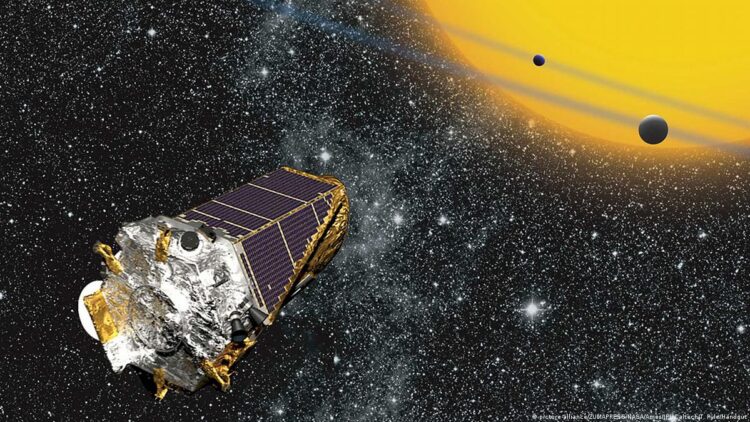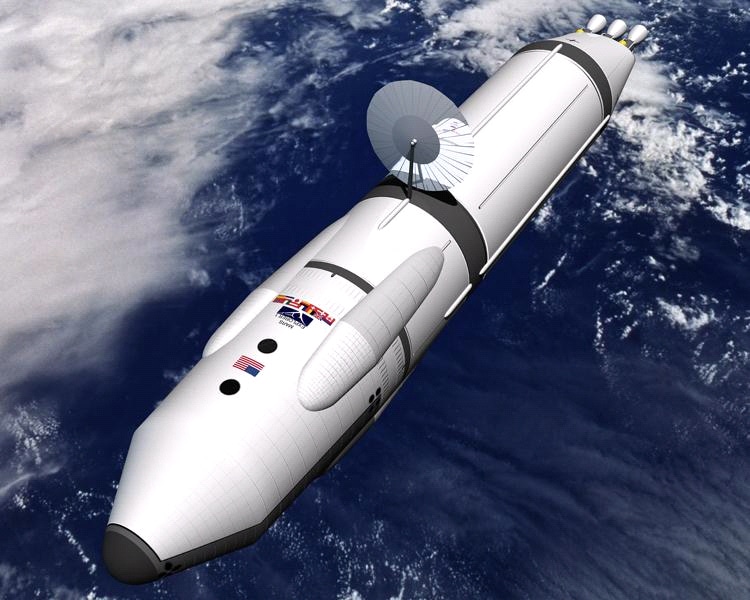Last week NASA’s Kepler scientists made a striking proclamation. In a press conference the Kepler team announced the discovery of a new Earth like planet. This planet, Kepler 452b, being called Earth’s ‘twin,’ is in reality 60% larger than Earth and has a 385 day orbit around it’s sun like star. However, it’s presence in what is known as the ‘habitable zone‘ means Kepler 452b has the potential to have liquid water on the surface of the planet. According to Kepler researcher Jon Jenkins now the, “Earth is a little less lonely.”

The Kepler Mission
Kepler’s original $600 million mission began by staring at 150,000 stars simultaneously, the goal was to observe indiscriminate drops in brightness caused by the star’s planets crossing the face of the sun. Understandably, Kepler’s database is massive making it a time consuming process to analyze and address the main objective of the mission, which is to determine the amount of Earth like planets that exist in the Milky Way galaxy.
But how good of company is a planet 1,400 light-years away? A light-year is a unit of astronomical distance equivalent to the distance that light travels in one year, roughly 6 trillion miles. Needless to say Kepler 452b is far away from Earth. Spotting Earth 2.0 is only half the battle the other half would be getting there.
Even if we did end up finding a perfectly inhabitable planet with the help of Kepler’s photometer how would we ever manage to visit. NASA scientists are currently working on the answer to that very question. The first step in the answer is NASA’s Orion spacecraft.
Orion And The Future
With a successful test launch in December of 2014 from Cape Canaveral Air Force Station’s Space Launch Complex Flight Test Orion is one step closer to deep space travel. The spacecraft was launched using a Delta IV rocket but in the future will be launched using the new SLS (Space Launch System) which will be used to propel astronauts to deep space missions. The Orion spacecraft and SLS system are how scientists plan to finally land on Mars. But if this new advanced system is only capable of transporting us as far as Mars is there even a way to reach Kepler 452b? To answer this question NASA scientists are turning to sci-fi for the solution.
If there’s one thing we can gather from watching science fiction films it’s that the best type of engine for space travel is one that runs on antimatter. It takes literal tons of chemical fuel to launch a mission to deep space but with just tens of milligrams of antimatter we could explore deep space infinitely longer. The danger that arises with antimatter engines is that of gamma radiation exposure which would be extremely harmful to any crew on board the spacecraft.

NASA, however, is working to fix the gamma ray issue. The NASA Institute for Advanced Concepts (NIAC) is currently funding research into the development of an antimatter spacecraft that would produce far less harmful amounts of gamma radiation. If this task can be done quickly the Mars Mission team may be traveling in such a craft opposed to the proposed nuclear powered craft that could have many complications.
Regardless of the advances NASA is making in deep space travel the organizations capability to look out into space far surpasses it’s ability to reach out and touch it. At least for now the Earth remains pretty lonely.













Leave a Reply